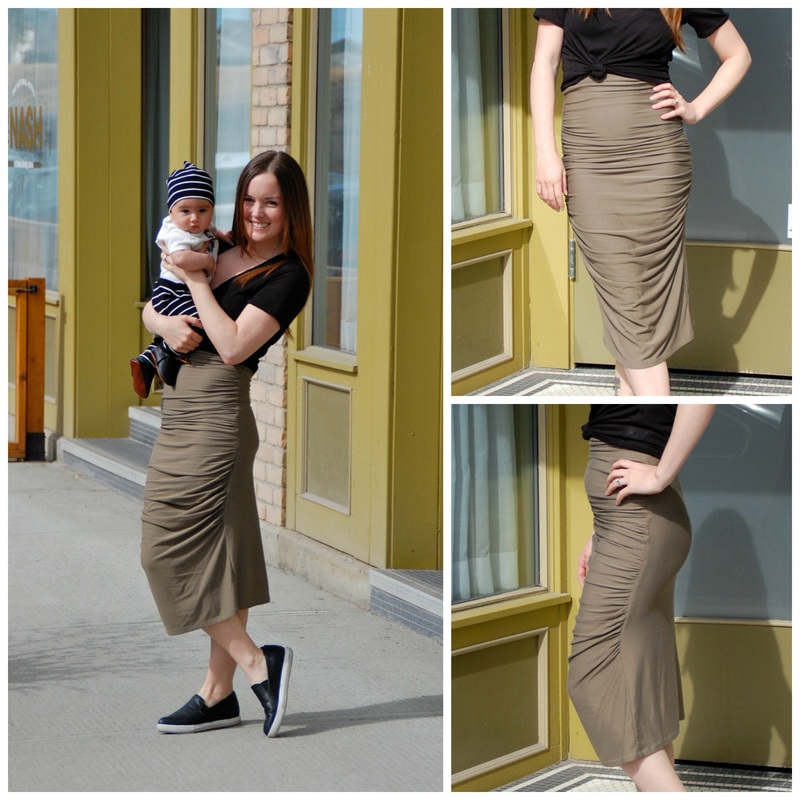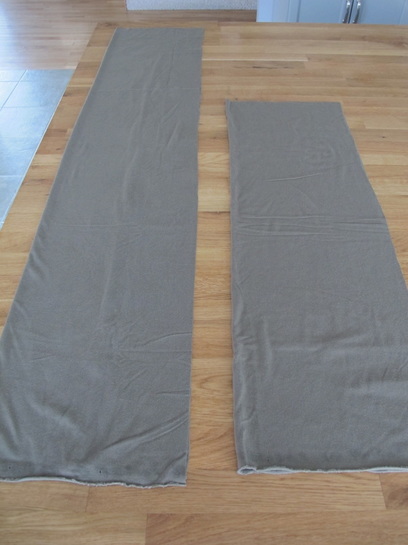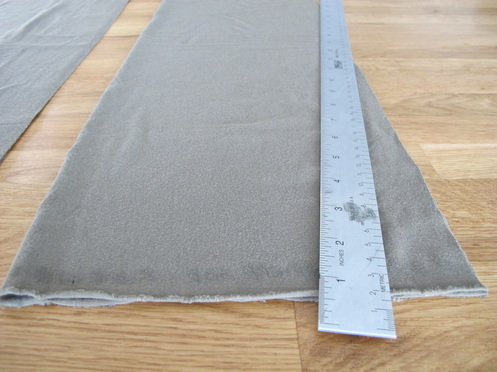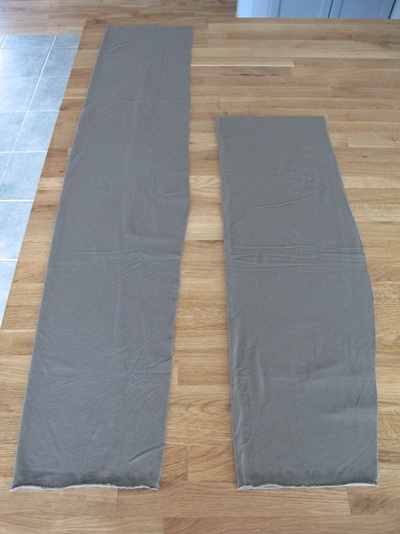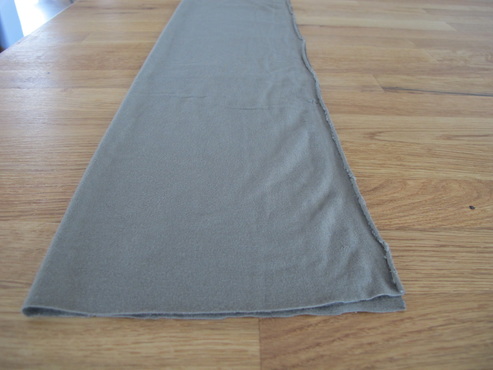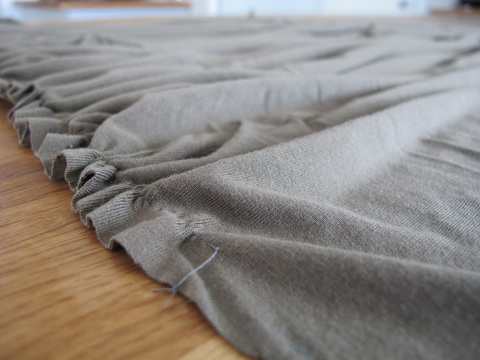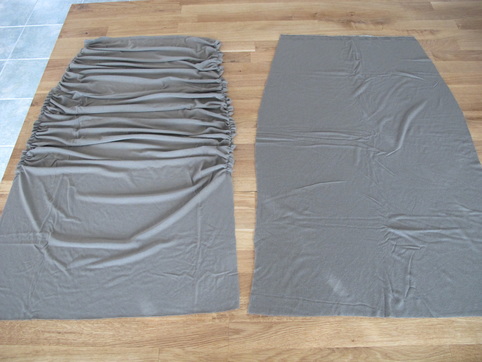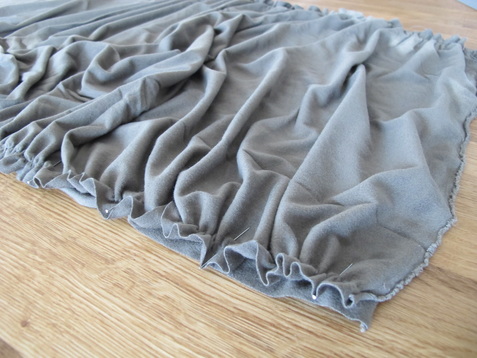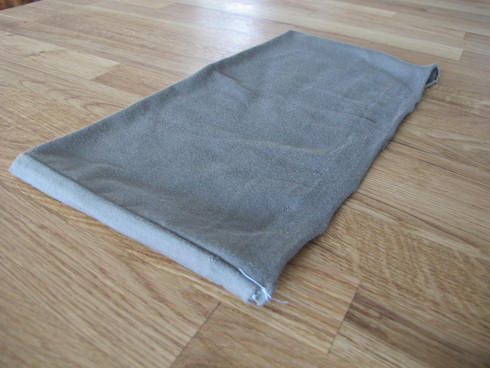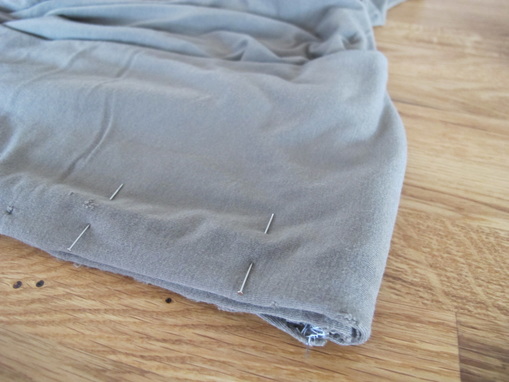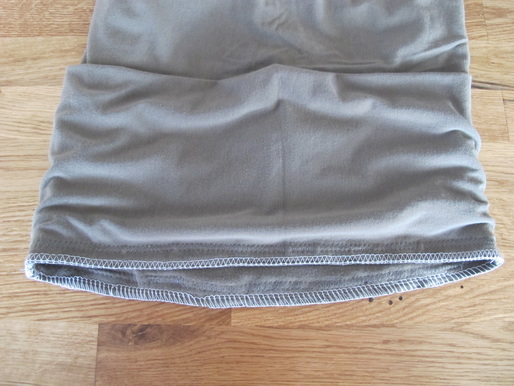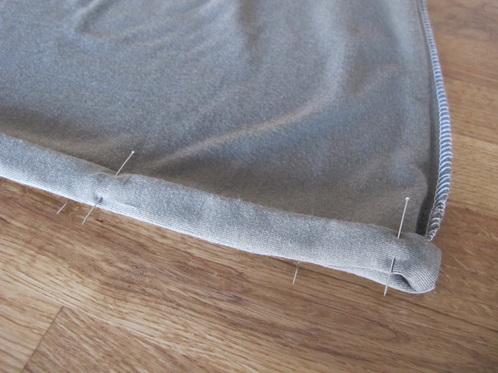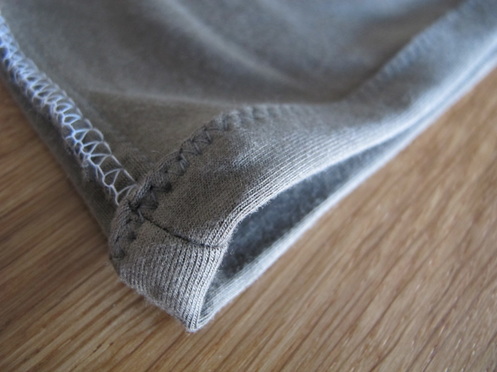|
This skirt is uber comfy and highly versatile. Easy to pull on and dress up or down. While anyone can make and wear this skirt, I specifically designed it to be high-waisted so that when I pull my top up to nurse my baby, I don’t have to expose my midsection. Hurray for function and style! Skill Level: beginner to Intermediate sewer.  Made from sustainable bamboo fabric Notions:
How to Guide: Get out a pad of paper to keep track of your measurements!
Cut it out
Shape up
Rectangles to angles
Waist no space For this skirt I added a 4 inch thick waist band, but you can go wider or thinner.
Ruche it up
Sidelines
Check point – try it on!
Waistband
Come together
Finishing touches
Pair with your favourite t-shirt and flats or dress it up with heels!
0 Comments
Leave a Reply. |
Click "Read More" under each project for detailed steps.
Categories
All
|

